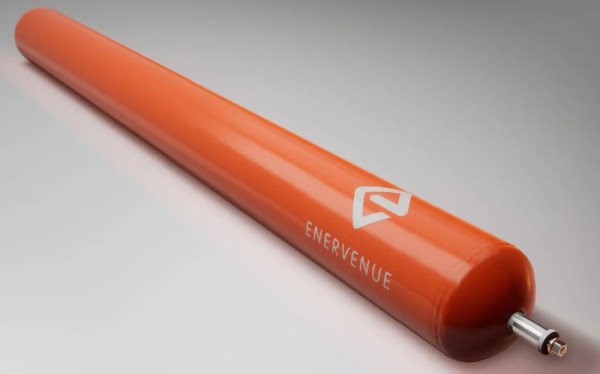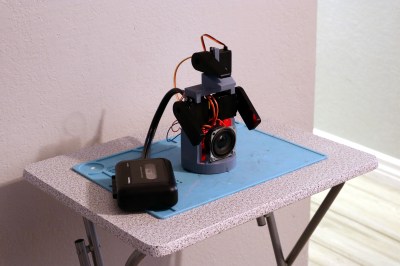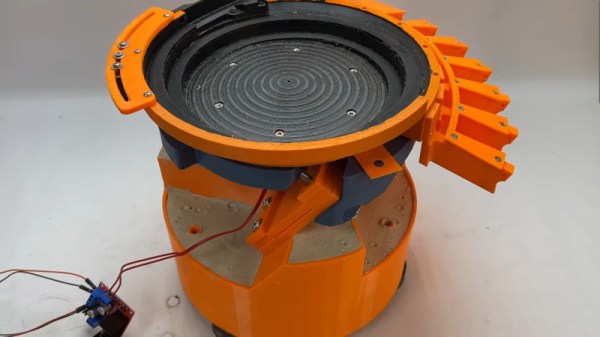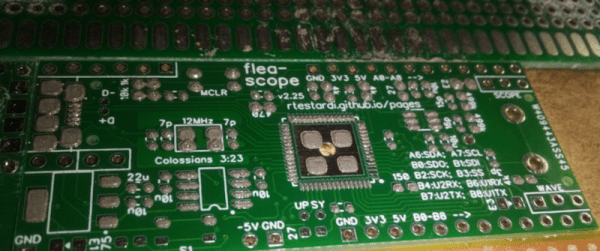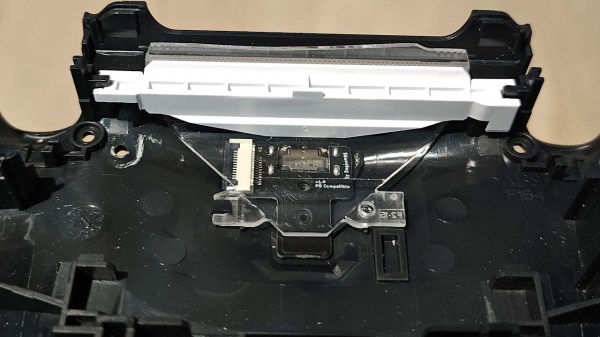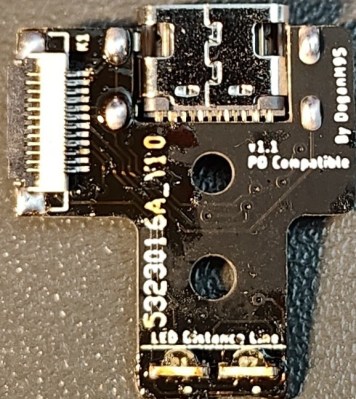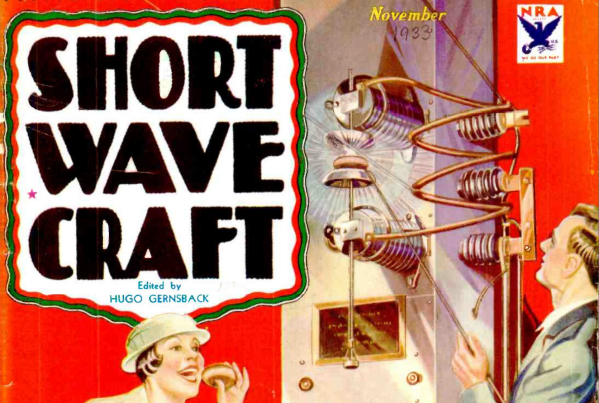You may have heard us here remarking in the past, that if we had a pound, dollar, or Euro for every miracle battery technology story we heard that was going to change the world, we would surely be very wealthy by now. It’s certainly been the case that many such pronouncements refer to promising chemistries that turn out only to be realizable in a lab, but here there’s news of one with a bit of pedigree. Nickel hydrogen batteries have a long history of use in space, and there’s a startup producing them now for use on the ground. Could they deliver the energy storage Holy Grail?
The cathode in a nickel-hydrogen battery is formed by nickel hydroxide, and the anode is formed of hydrogen. If a gas as an anode sounds far fetched, we’re guessing that their structure is similar to the zinc-air battery, in which zinc hydroxide forms in a paste of powdered zinc, and works against oxygen from the air over a porous conductive support. What gives them their exciting potential is their ability to take more than 30,000 charge/discharge cycles, and their relative safety when compared to lithium ion cells. Hydrogen in a pressure vessel might not seem the safest of things to have around, but the chemistry is such that as the pressure increases it reacts to form water. The cost of the whole thing is reduced further as new catalysts have replaced the platinum used by NASA on spacecraft.
We really hope that these batteries will be a success, but as always we’ll wait and see before calling it. They may well be competing by then with the next generation of zinc-air cells.

